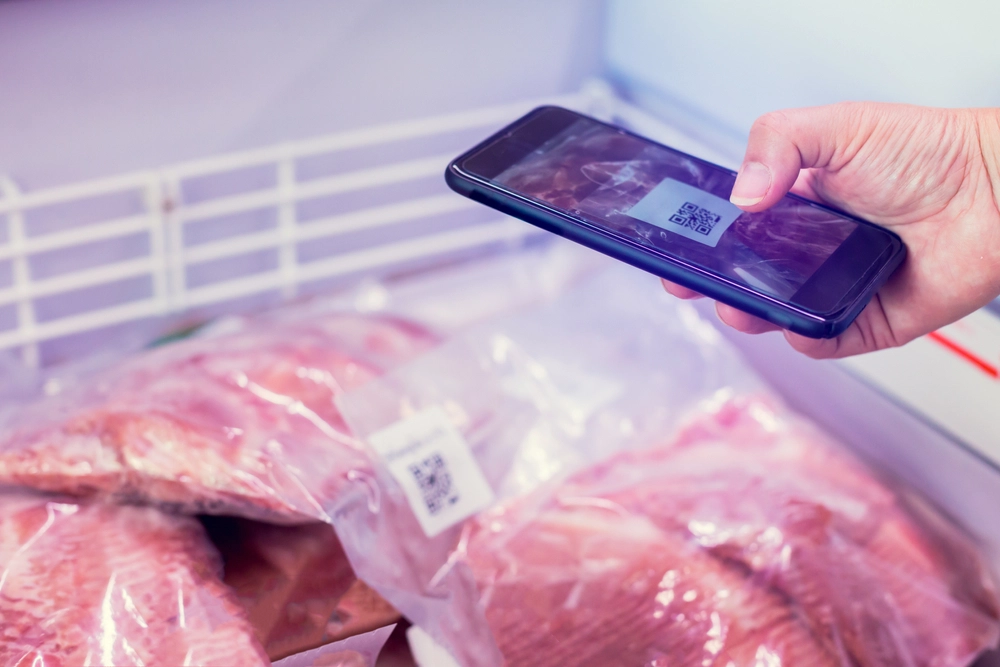Top 5 Smart Packaging Trends in the Food & Beverage Industry
Product packaging, especially smart product packaging, has always played a crucial role in the food and beverage industry. Smart packaging serves as a vital interface between consumers and products, conveying information, ensuring freshness, and safeguarding quality. However, with the rapid advancement of technology, traditional food packaging has expanded into what we now know as smart food packaging.
Overall, smart packaging represents a shift in how products are packaged, distributed, and consumed. Its roots can be traced back to the late 20th century when the integration of sensors, indicators, and other electronic components into packaging materials began to gain traction. These early innovations laid the foundation for a new era of packaging—one characterized by intelligence, interactivity, and innovation.
In the food and beverage industry, smart packaging offers a means to deliver real-time information about products, including sourcing, nutritional content, and allergen information. Intelligent sensors and indicators also allow manufacturers to monitor factors such as temperature, humidity, and shelf life in real-time, thereby minimizing the risk of spoilage and contamination. This not only enhances food safety but also reduces food waste a pressing issue facing the industry today.
This article offers key smart packaging trends in the food and beverage industry. Whether your brand is looking to stay ahead of the curve or curious about the latest packaging developments, gain insight into how smart packaging is changing the way products are packaged, distributed, and consumed.
4 Benefits of Smart Packaging in the Food and Beverage Industry
Smart packaging has revolutionized the food and beverage industry by offering various benefits that cater to both consumers and manufacturers. Here is why smart packaging can be advantageous for your business:
1. Enhanced consumer experience
- Transparency – real-time access to product information empowers consumers to make informed purchasing decisions, establishing trust and loyalty.
- Interactive features – engaging packaging designs and interactive elements create immersive brand experiences for consumer engagement and brand recall.
- Convenience – easy-to-use smart packaging solutions streamline the consumer experience, offering features like resealable closures and portion control.
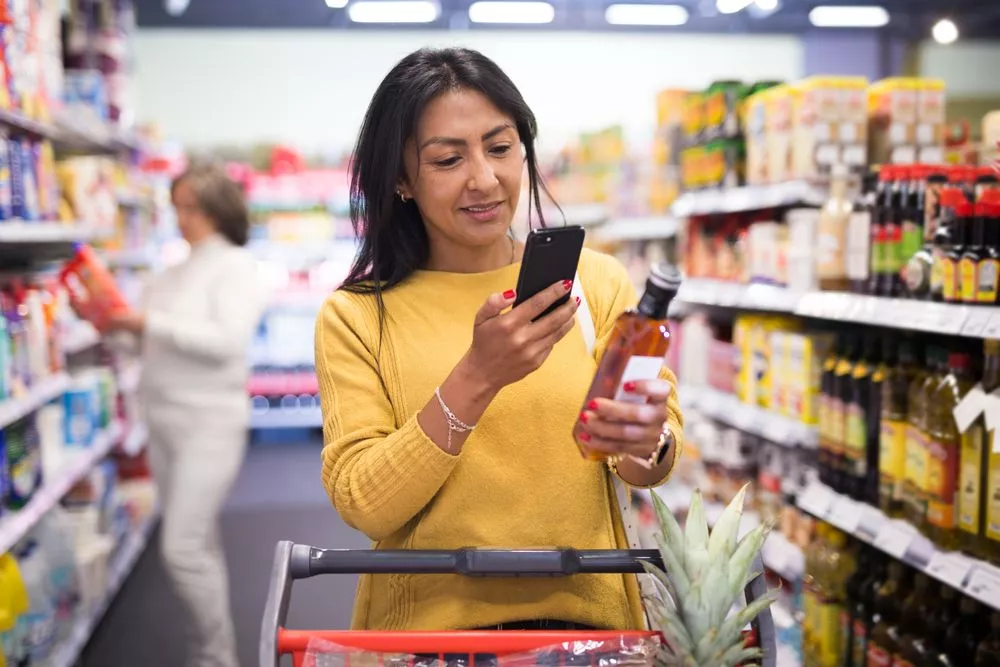
2. Improved product quality assurance
- Real-time monitoring – intelligent sensors embedded in packaging enable monitoring of factors that ensure product quality and safety, such as temperature, humidity, and freshness.
- Early warning systems – indicators and alerts signal potential issues such as tampering or spoilage for timely intervention and mitigation.
- Extended shelf life – active packaging technologies extend the shelf life of perishable goods by creating optimal storage conditions, reducing food waste and enhancing sustainability.
3. Safety and compliance
- Traceability – smart packaging solutions enable traceability throughout the supply chain, facilitating rapid identification and recall of products in the event of safety concerns.
- Allergen management – clear labeling and allergen detection features help consumers with dietary restrictions make informed choices and avoid allergens.
- Regulatory compliance – compliance with food safety regulations is enhanced through the implementation of smart packaging solutions that ensure proper handling and storage conditions.
4. Sustainability
- Reduced environmental impact – smart packaging promotes sustainability by optimizing packaging materials, minimizing waste, and reducing carbon footprint throughout the product lifecycle.
- Efficient supply chain management – smart packaging solutions streamline logistics and distribution processes, reducing energy consumption and transportation emissions.
5 Food and Beverage Smart Packaging Trends
Innovations in smart packaging are reshaping the food and beverage industry, offering novel solutions to address evolving consumer preferences and industry challenges. Here are some of the top food and beverage packaging trends.
1. Active and intelligent food packaging sensors
Intelligent sensors embedded in packaging materials monitor various parameters such as freshness, temperature, and humidity to ensure product quality and safety. These sensors provide real-time data, enabling proactive decision-making and intervention to prevent spoilage and contamination.
Senoptica, a company specializing in developing advanced sensors for the food industry, was recently FDA-approved for its entry into the North American market. They focus on food sold in modified atmosphere packaging (MAP), an active packaging example that covers a range of fresh packaged foods, including bagged salad, sliced cooked meat, cheese, fruits, bread, and dairy products such as milk.
MAP technology alters the gas composition inside the packaging to extend the shelf life of perishable foods. By reducing oxygen levels and replacing it with a mixture of gasses such as nitrogen or carbon dioxide, MAP minimizes spoilage and reduces the need for preservatives. However, if the packaging is compromised or improperly sealed, the modified atmosphere can be compromised, leading to quicker food spoilage.
Senoptica’s technology addresses these challenges with optical oxygen sensors integrated into the packaging film. These sensors, based on patented food-safe ink, detect oxygen levels inside the packs. During food manufacturing, a leak accelerator helps identify seal and packaging defects.

In supermarkets, an inline scanning system reads the sensor output to determine pack integrity, allowing for the rejection of out-of-spec packs. Handheld scanners also enable spot checks of pack gas levels throughout the supply chain, from cold storage to supermarket shelves, for quality control measures.
This packaging technology can be beneficial to food brands aiming to address critical concerns related to food safety, quality control, and consumer satisfaction. They can enhance product offerings by ensuring that packaged foods remain fresh and safe for consumption throughout their shelf life. This not only minimizes the risk of food spoilage and waste but also enhances brand reputation and consumer trust.
Additionally, the ability to detect and reject compromised packaging at various stages of the supply chain enables food brands to uphold stringent quality standards and regulatory compliance, mitigating the potential risks associated with product recalls or safety incidents.
2. Interactive packaging
Interactive packaging designs incorporate augmented reality (AR), gamification, and other interactive elements to engage consumers and create memorable brand experiences. By leveraging technology, brands can offer unique and immersive interactions that captivate consumers and differentiate their products from competitors.
AR, in particular, has emerged as a valuable asset for brands. This connected food packaging technology allows consumers to engage with packaging and bring it to life. AR transforms ordinary packaging elements into interactive experiences, such as games, recipe books, or virtual tours, providing consumers with immersive and memorable interactions.
A notable illustration of AR’s potential is showcased in the Hidden Valley Ranch X-shaped bottle campaign. By leveraging an AR Snapchat lens, consumers can uncover a “double ranch” bottle when they point their device at any “X” they encounter in the physical world, presenting them with the opportunity to purchase a limited-edition bottle.

These encounters not only deepen consumer engagement but also provide brands with a means to differentiate themselves. By adopting interactive packaging, brands can captivate consumers’ attention and forge meaningful connections, setting themselves apart in the fiercely competitive marketplace.
3. Sustainable packaging solutions with smart features
Sustainable packaging solutions integrate eco-friendly materials and designs with smart features to reduce environmental impact while maintaining functionality and performance. By prioritizing sustainability, brands can align with consumer values and reduce their carbon footprint. For example, McDonald’s recently implemented RFID technology to track and monitor their reusable packaging. Through this system, the company aims to enhance efficiency, sustainability, and customer experience.
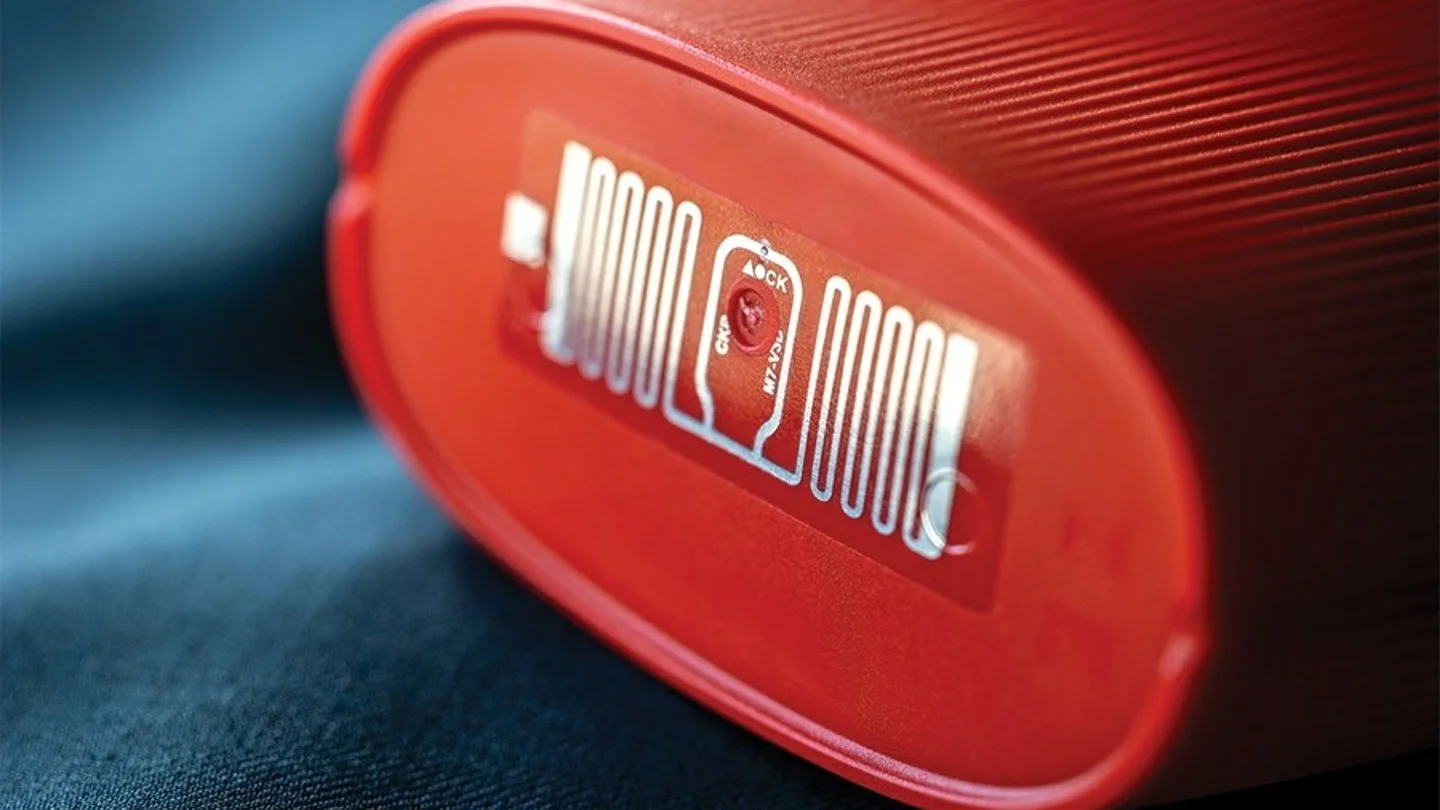
The RFID tags embedded in the packaging enable real-time tracking of items as they move through the supply chain’s various stages, from production to distribution and return. This technology provides McDonald’s with valuable insights into inventory management, asset tracking, and environmental impact, ultimately optimizing operations and reducing waste.
Brands that leverage RFID labels demonstrate their commitment to sustainability and innovation in packaging, setting a precedent for other companies in the industry to follow suit.
4. IoT Integration in packaging
IoT-enabled packaging solutions leverage interconnected devices and sensors to collect and analyze data, thus enabling real-time visibility and optimization. Harnessing the power of IoT enables brands to improve operational efficiency, enhance supply chain transparency, and deliver personalized consumer experiences.
The supply-chain management company Wiliot has introduced solutions to aid companies in meeting FDA compliance requirements ahead of deadlines. One of its latest offerings is IoT Pixels, a food-safe flexible tag that producers can affix to various food items, packaging, or containers.
Pixels are small, battery-free chips, comparable in size to a postage stamp, that derive power from harvesting radio waves. These intelligent labels boast indefinite operational lifespans, incur minimal infrastructure costs, and serve dual purposes: as sensors for capturing supply chain parameters and as labels for accessing supply chain data.
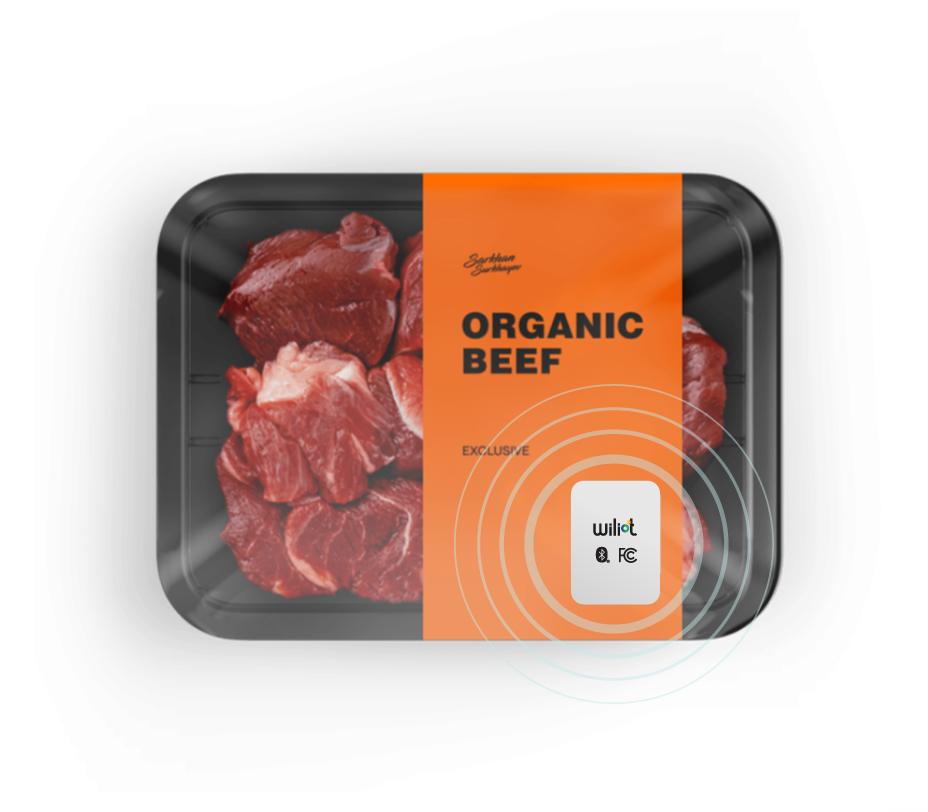
These food tags can digitally map the entire product journey, facilitating optimal traceability for manufacturers. They can also comprehend product movement and condition, ensuring both current and future regulatory compliance.
IoT solutions also contribute to a more transparent supply chain. Through blockchain-based traceability, companies can validate environmental claims with verifiable data, ultimately reducing food waste. An example of this approach is IBM’s Food Trust, a project focusing on food waste reduction.
Through IoT and blockchain solutions, a secure and shared ledger for all supply chain transactions is established. This heightened visibility empowers food producers to cultivate greater trust and transparency while enhancing food safety more smartly.
5. Smart labels and QR Codes
In the food and beverage industry, smart labels and QR codes typically provide consumers with instant access to detailed product information, including ingredient lists, nutritional facts, and sourcing details. This level of transparency empowers consumers to make informed choices about their product purchases, building trust and loyalty.
Brands must ensure that comprehensive product details are easily accessible to customers, considering that 87% of shoppers use their smartphones to conduct product research while in-store, at least occasionally. QR codes have emerged as a strategic remedy to this need, providing vast amounts of information within a compact space that is easily accessible through a quick scan.
Meanwhile, brands like Coca-Cola leverage QR codes effectively to interact with consumers. The company introduced a limited edition variant, Y3000 Zero Sugar, that features an on-pack QR code powered by artificial intelligence (AI). This enables consumers to enjoy an immersive experience.
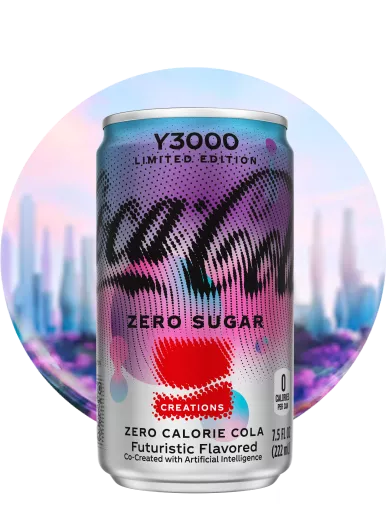
Scanning the on-pack QR code grants access to the Coca-Cola Creations Hub. Here, consumers can utilize the custom Y3000 AI Cam to filter photos, envisioning how their present reality might evolve in the future. Additionally, consumers have the opportunity to purchase merchandise from the fashion brand Ambush through this platform.
Staying ahead of the competition requires more than just quality products—it demands innovative packaging solutions that resonate with consumers. With the majority of shoppers relying on smart devices for product research, QR codes have become indispensable tools for brands seeking to engage and educate consumers. Brands can leverage these technologies to offer immersive experiences that drive brand relevance and stay connected with today’s tech-savvy consumers.
Redefining Packaging Traditions—the Smart Way
The integration of cutting-edge technology into packaging solutions presents opportunities for brands to differentiate themselves, engage consumers, and drive sustainable practices. They’re poised to capitalize on these advancements by embracing smart packaging solutions that align with consumer preferences and industry demands. Adapting to emerging trends and investing in innovative packaging strategies can help position them as leaders in their market while building consumer trust and loyalty.
As the landscape of packaging continues to evolve, now is the time to learn how your brand can pioneer the future of packaging innovation. Partner with a reputable product packaging manufacturer that can help propel your business to the forefront of your industry.
Talk to Meyers experts and explore a range of solutions, from food and beverage folding carton packaging and sustainable pressure sensitive labels tailored to meet the unique needs of your brand. Contact us!

